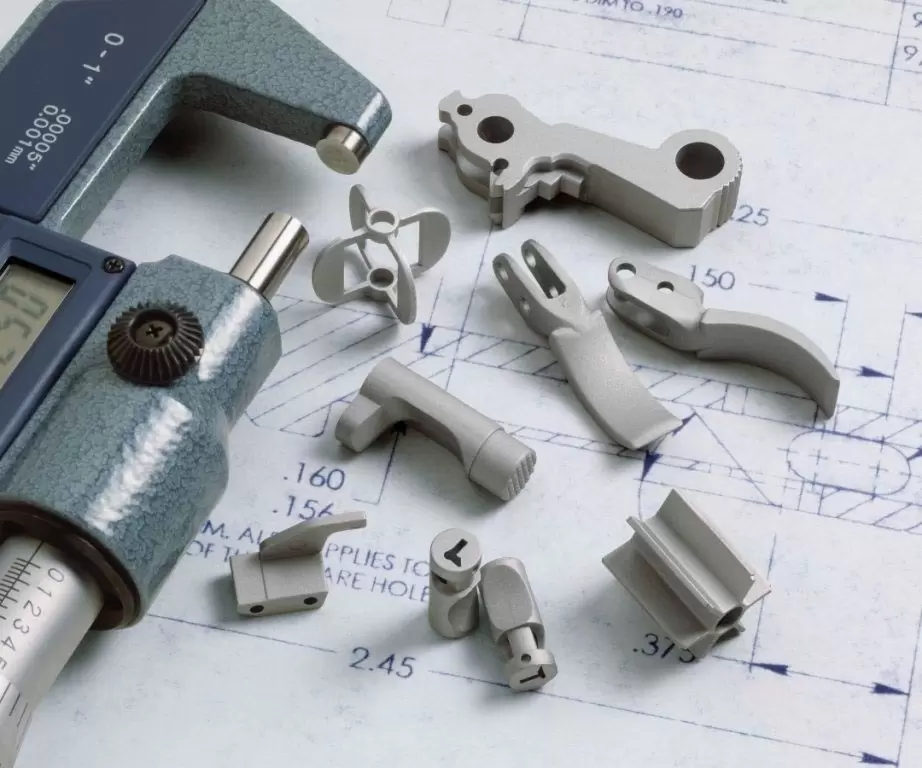Table of Contents:
- Introduction to Plastic Injection Molding
- The Plastic Injection Molding Process
- Plastic Injection Mold Design Fundamentals
- Mold Flow Simulation and Analysis
- Advanced Plastic Injection Mold Design Techniques
- Plastic Injection Mold Maintenance and Repair
- Trends and Future of Plastic Injection Molding
- Conclusion
-
1. Introduction to Plastic Injection Molding
Plastic injection molding is a manufacturing process that involves the production of plastic components by injecting molten resin into a custom-made mold. The process is widely utilized in the production of consumer goods such as electronics, toys, medical devices, automotive parts, and other industrial components.
The advantages of plastic injection molding include low cost of production, high production rates, repeatability, and the ability to create complex and intricate designs. Limitations include the need for high initial investment, high production volume demand, and limitations on materials that can be used.
-
2. The Plastic Injection Molding Process
The injection molding process is generally the same for all plastic parts, with variations depending on part complexity and required quality. The basic equipment required for injection molding includes an injection molding machine, the mold itself, and a material hopper.
The injection molding machine is composed of five major components: the injection unit, the clamp unit, the motor, the hydraulic unit, and the control unit. The injection molding process begins with melting the polymer resin in the hopper and injecting it into the mold. The mold is then cooled and opened, and the final product is ejected.
Injection molding process variables that can affect product quality include temperature, pressure, fill rate, cooling time, and mold temperature. Proper control and optimization of these parameters are critical to achieving high-quality products consistently. Post-processing may include trimming, drilling, and coating to achieve the desired finish.
-
3. Plastic Injection Mold Design Fundamentals
The design of the injection mold is a vital aspect of the injection molding process. Key considerations include the part shape, part size, material choice, and production volume. The mold is designed to create cavities that mirror the part shape and size required. The core and cavity act together to form the shape of the part. The gate and runner system allows for the injection of the molten material into the cavity. The cooling system enables rapid and uniform cooling of the plastic, ensuring proper part formation.
The ejection system is designed to remove the finished part from the mold. Proper venting in the mold is essential to ensure that air is expelled from the mold during filling, preventing defects such as air pockets.
-
4. Mold Flow Simulation and Analysis
Mold flow simulation and analysis allow for a visualization of how the material flows within the mold, identifying potential defects and optimizing the process. The simulation process allows for an overview of the mold design’s behavior, enabling optimization to produce a high-quality final product. The simulation process involves the use of specialized software that utilizes numerical analysis techniques to analyze the injection molding process variables such as temperature, pressure, and fill rate.
-
5. Advanced Plastic Injection Mold Design Techniques
Advanced mold design techniques include family molds, hot runner systems, in-mold decoration, overmolding, gas-assisted injection molding, and hybrid molding.
Family molds allow for the production of multiple parts with similar features in a single setup, reducing setup time and maintenance costs. Hot runner systems deliver the material to the cavity, increasing accuracy while reducing defects. In-mold decoration techniques enable designs, textures, and finishes directly on the component’s surface. Overmolding involves combining two materials to create a single component. Gas-assisted injection molding produces hollow parts with enhanced strength.
If you need about Plastic Injection Molding Services,You can click on the V1 Prototype website to find it:16 Years Foucus On Plastic Injection Mold Manufacturing, Molding Products Mainly In Automotive, Electronics, Appliance, Medical, Housewares Industries.
-
6. Plastic Injection Mold Maintenance and Repair
Mold maintenance and repair are necessary to ensure optimal mold function longevity and minimize downtime. Regular maintenance includes proper cleaning, storage, and monitoring of internal components such as heaters, thermocouples, and hydraulics. Repairs may involve welding, grinding, polishing, milling, or coating, depending on the mold’s condition and specifications.
-
7. Trends and Future of Plastic Injection Molding
As the industry trends towards optimizing and refining the plastic injection molding process, advanced materials, optimized technologies, and increased sustainability are at the forefront. Integration of Industry 4.0 technologies has enabled companies to monitor production in real-time, improve efficiency, and reduce waste.
Sustainability within injection molding means that manufacturers are implementing eco-friendly materials and practices to reduce their carbon footprint. Optimized technologies include modular mold designs, robotics, and automation, improving production time and enhancing precision.
-
8. Conclusion
Plastic injection molding plays a crucial role in the production of high-quality, efficient components used in many industries. The process continues to evolve, incorporating new technologies, innovative designs, and sustainable practices that ensure improved efficiency, cost-effectiveness, and high-quality components. The proper maintenance, repair, and optimization of the injection mold design and manufacturing process are essential to maximizing production to its full potential.




